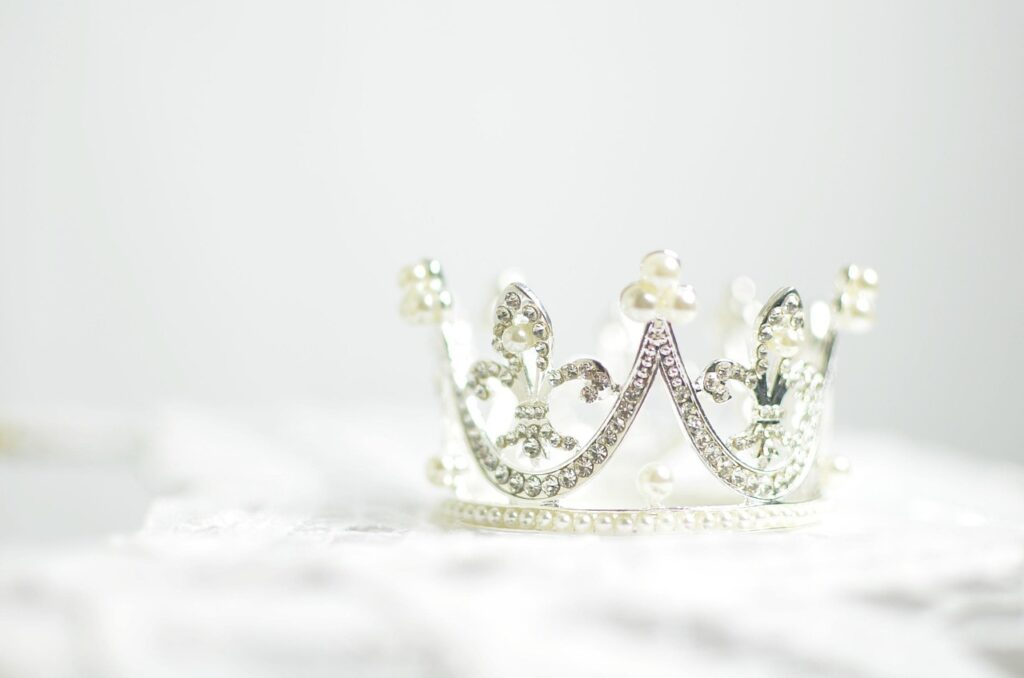
The allure of British royalty is undeniable, captivating audiences worldwide and drawing millions of American visitors to the United Kingdom each year. With a record-breaking 5.1 million Americans visiting in 2023, spending a massive £6.3 billion, it’s clear that the fascination with British culture, history, and vibrant cities is only growing. However, as the playwright George Bernard Shaw famously quipped, “England and America are two countries separated by the same language,” and this cultural gap extends significantly to the nuanced world of royal etiquette. While an encounter with a member of the royal family might seem like a distant dream, understanding these unwritten rules is crucial, not just for potential direct interactions, but also for appreciating the rich tapestry of British tradition. Many Americans might inadvertently stumble into a social faux pas, simply because the rules of engagement are so different from what they’re accustomed to.
The stakes are surprisingly high, as even a seemingly small misstep—an inappropriate hat, a careless remark, or an incorrect sitting posture—could inadvertently cause a ripple in the calm waters of royal decorum. “No matter if you were born into the royal family or married into it, it’s essential that the etiquette rules become your second nature,” emphasizes Laura Windsor, one of Britain’s most respected experts on royal manners. She stresses the importance of early and consistent training, noting, “The more practice you have, the more it all becomes natural.” This rigorous adherence highlights a commitment to tradition and public image that defines royal life.
For Americans, who generally operate within a less formal social structure, these intricacies can be bewildering. From the way one sits to how one addresses a monarch, the British royal rule book is extensive and deeply ingrained. Through the insights of experts like Windsor and royal expert Richard Fitzwilliams, we can begin to unravel these fascinating protocols. This article will guide you through 14 essential rules of etiquette that Americans often miss, ensuring you’re well-prepared to navigate the refined world of British royalty with grace and confidence, should the opportunity ever arise. Let’s delve into the foundations of royal deportment, starting with how a royal woman carries herself even in the simplest of actions, like sitting.
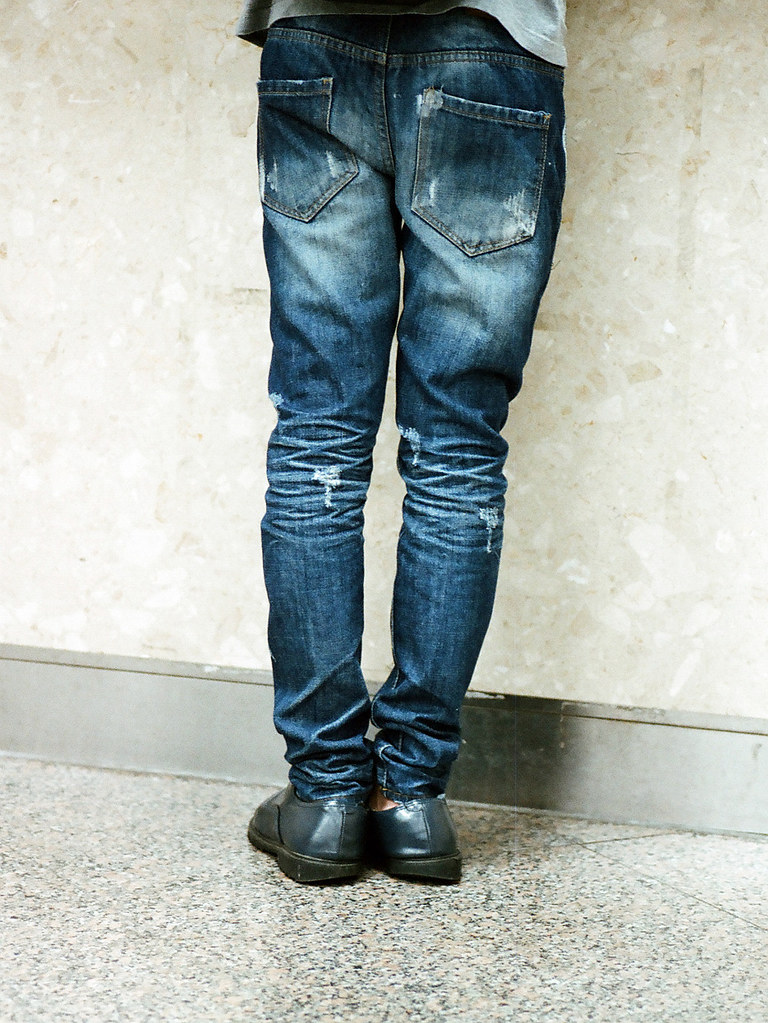
1. Slant Your Legs to the Side When Sitting
One of the most instantly recognizable and often emulated royal postures is the so-called “duchess slant.” This particular sitting pose, mastered by Princess Kate and famously adopted by the late Princess Diana, is far more than just a style choice; it’s a fundamental aspect of royal women’s etiquette. The core rule dictates that legs and knees must be kept together at all times, although crossing at the ankle is permissible. This seemingly minor detail is paramount for maintaining an elegant and picture-perfect appearance, especially in the constant glare of public scrutiny.
The practical benefits of the duchess slant are numerous and often overlooked by those unfamiliar with royal protocol. By slanting the legs to one side, there is absolutely no chance of accidentally revealing too much, safeguarding against any compromising photographs. Beyond modesty, Windsor explains that “you slant your legs to the side because it makes you look taller and your legs slimmer,” contributing to an overall image of refined grace. It’s a subtle yet powerful technique that enhances a royal woman’s public presentation.
However, the wisdom behind this posture extends beyond aesthetics and discretion. Windsor also points out a significant health advantage, noting that “crossing your legs could lead to varicose veins later in life.” This detail underscores the comprehensive nature of royal etiquette, where rules often serve multiple purposes, from maintaining public image and preventing scandal to promoting personal well-being. For Americans accustomed to crossing their legs freely, this particular royal mannerism can be a surprising and insightful revelation into the meticulousness of royal life.
Read more about: Golden Years, Golden Style: Fall Fashion Gems for Women Over 60

2. Enter the Room in Order of Precedence
When the British royal family participates in a procession or a major public event, their entry and seating arrangements are governed by an unwavering rule of precedence. This isn’t merely a suggestion; it’s a strict protocol that reflects the established order of succession to the throne. The hierarchy dictates who leads, who follows, and where everyone is positioned, ensuring a clear visual representation of their roles within the monarchy.
Richard Fitzwilliams, a royal expert, clarifies the current structure: “The current order is King Charles III and Queen Camilla, followed by the Prince and Princess of Wales, William and Kate, and their children, George, Louis and Charlotte. Then comes the rest of the family.” This specific sequence is meticulously observed, from state dinners to church services, and even informal family gatherings when cameras are present. It serves to eliminate any ambiguity about rank and role, projecting a unified and ordered front to the public.
For those unfamiliar with this rigid system, it might seem overly formal or even archaic. However, it is a deeply embedded tradition that has evolved over centuries, symbolizing stability and the unbroken line of the monarchy. Understanding this rule is vital for anyone observing or, however remotely, interacting with the royals, as it provides a foundational insight into their public conduct and the deference shown to the immediate line of succession. It’s a testament to the fact that every detail, however seemingly small, carries significant weight in the royal world.
Read more about: Beyond the Billion-Dollar Mansions: Exploring the Thoughtfully Minimalist Homes of Hollywood’s A-List and Beyond
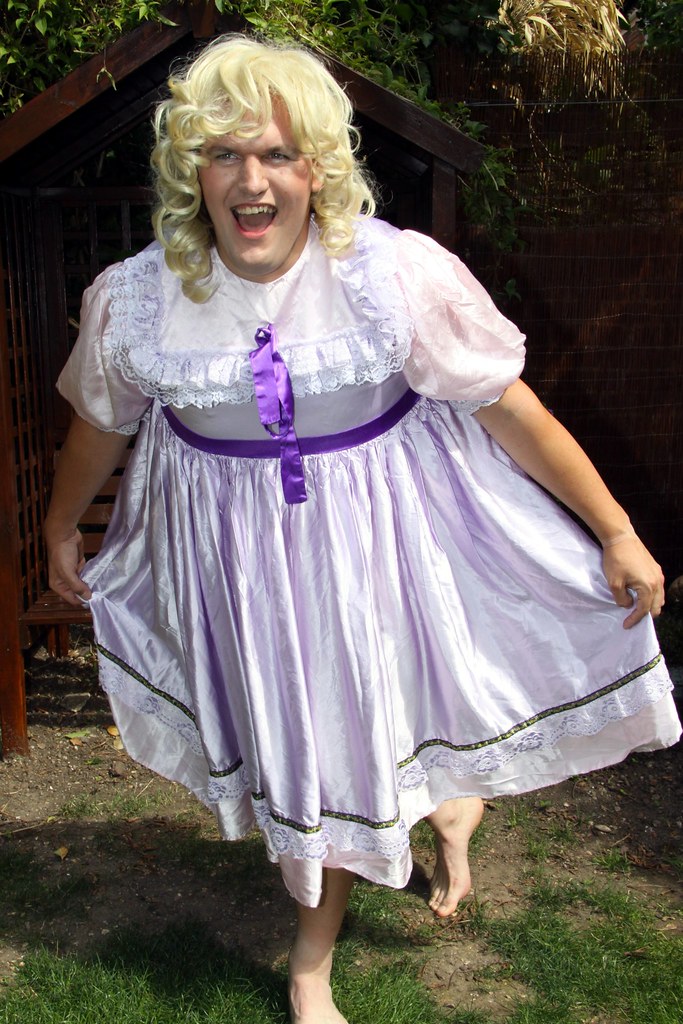
3. Perform the Subtle Curtsy or Bow
Showing respect to the most important members of the royal family is a cornerstone of British etiquette, and it is primarily expressed through the practice of bowing or curtsying. This gesture is not optional for subjects of the Crown, nor is it exclusive to the lower ranks of society. Windsor explicitly states, “Everyone has to curtsy or bow before King Charles and Queen Camilla,” extending this requirement even to senior royals like “Harry and Meghan would have to do the same before Prince William and Princess Kate.” This illustrates the pervasive nature of the deference within the royal structure itself.
Contrary to popular theatrical depictions, the royal curtsy or bow is not meant to be a lengthy or dramatic performance. Windsor advises against the elaborate gestures sometimes seen from aristocrats, stating, “Aristocrats tend to be very theatrical when they meet the royals, but that’s incorrect.” The protocol calls for a subtle and brief acknowledgement. To execute it correctly, one simply places one leg behind the other, bends the knees slightly, and bows the head momentarily. For men, a slight nod of the head suffices, without bowing the entire body.
This act of homage is complemented by another crucial rule: standing when royalty enters a room. “Stand when they enter the room” is a fundamental sign of respect. Should you find yourself unable to stand, perhaps due to physical limitation, the etiquette dictates that you “remain seated, but be sure to devote your attention to the royal when they enter the room, and bow your head to show respect.” Furthermore, it is important to wait until all royalty is seated before you take your own seat, especially in a dinner setting. While citizens of the royalty’s country are expected to bow or curtsy, non-citizens are not legally required to, but it is considered a polite gesture. For Americans, who may not be accustomed to such formal greetings, practicing beforehand can prevent any awkward fumbles in a royal presence.

4. Dress with Impeccable Modesty
The British royal family consistently sets trends and embodies timeless elegance, with figures like Princess Diana, Queen Elizabeth II, and Princess Kate often admired for their distinctive fashion choices. Yet, beneath the veneer of high fashion lies a stringent and often unstated dress code that prioritizes modesty and appropriateness above all else. This royal fashion protocol ensures that their attire never overshadows their duties or inadvertently invites controversy.
Fitzwilliams eloquently summarizes the guiding principle for women’s royal fashion: “The outfit has to be modest, elegant and appropriate for the occasion, and it should never distract from the royal’s role or risk causing a scandal or public debate.” This means avoiding anything too revealing, too flashy, or anything that could be misinterpreted. For instance, covering cleavage is a non-negotiable rule, a practical measure to prevent paparazzi from capturing potentially compromising photos, as Princess Diana famously demonstrated by using her clutch as a shield when exiting cars.
While individual styles vary—Queen Elizabeth II famously wore neon to be visible in crowds, and Princess Kate embraces color and texture—the underlying adherence to modesty and suitability remains constant. For Americans, whose fashion norms often embrace more freedom in terms of cuts, lengths, and necklines, this royal requirement for impeccable modesty can be a significant cultural adjustment. It underscores the royal commitment to presenting a dignified and respectful image at all times, ensuring that their clothing supports, rather than detracts from, their public duties.
Read more about: The Unstoppable Style Evolution: Lady Gaga’s 15 Most Shocking and Iconic Red Carpet Transformations
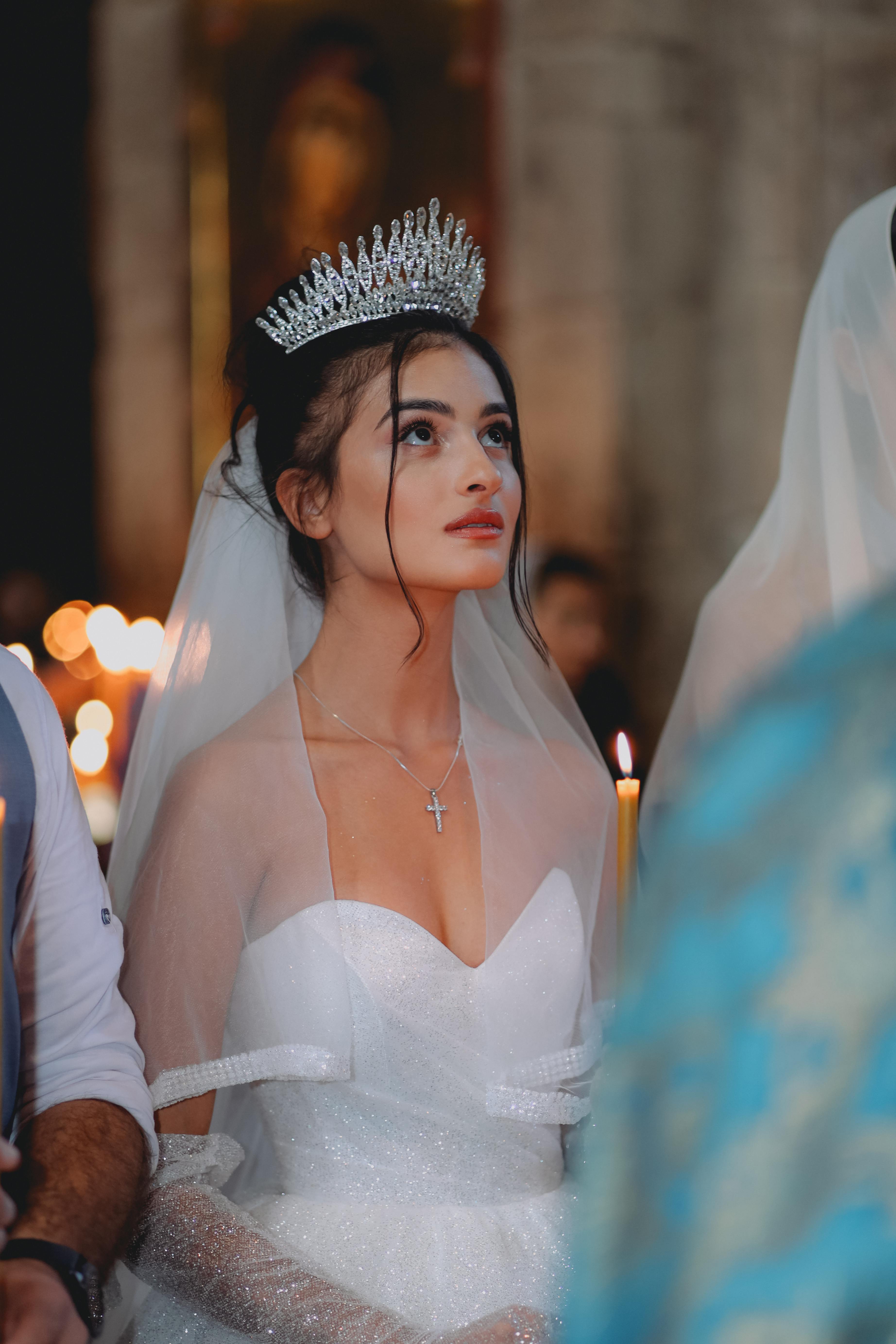
5. Wear Tiaras Only When Married
Formal royal events, known as white-tie occasions, are synonymous with glittering displays of opulence, and central among these is the wearing of tiaras. However, the decision to don such a magnificent piece of headwear is not left to personal preference; it is dictated by specific and long-standing rules of royal etiquette. One of the most steadfast traditions is that tiaras are reserved exclusively for married women, a detail that many outside the royal circle might easily overlook.
“Tiaras are only for married women,” confirms Laura Windsor, highlighting a tradition that adds a layer of distinction and maturity to the married status within the royal family. It is a common and cherished practice for princesses and duchesses to make their first public appearance in a tiara on their wedding day, a symbolic moment that solidifies their entry into married life and their full embrace of royal expectations. This grand debut helps to cement the image of a fairy-tale princess that the public so adores.
Furthermore, the acquisition and ownership of tiaras are steeped in tradition. Windsor explains that “Tiaras are passed down the family line, so once you’ve received yours, there’s no more swapping around—you’ll keep what you have as a lifelong loan.” This means that members like Princess Kate, who has three tiaras to choose from, receive specific pieces that remain with them, becoming part of their personal royal identity. This rule underscores the enduring lineage and historical significance attached to these magnificent jewels, making them far more than mere accessories but rather symbols of marital status and royal heritage.
Read more about: The Unseen Cracks: 12 Reasons Why Princess Diana and King Charles’ Marriage Was Destined for Heartbreak From the Start

6. Master the British Dining Style (Knife in Right, Fork in Left)
Dining etiquette within the royal family, and indeed across much of British society, is approached with a level of seriousness and precision that can often surprise Americans. One of the most common ways Americans inadvertently reveal their cultural differences at the dinner table is through their “zigzag” style of eating. This involves cutting food, putting the knife down, switching the fork to the dominant hand, and then eating. In the UK, and especially in royal circles, this is considered improper.
The correct British method dictates that the fork remains in the left hand (for right-handed individuals), and the knife stays in the right. The tines of the fork consistently face down, and the knife is used to gently push food onto the back of the fork. Etiquette experts emphasize that this method prioritizes elegance and efficiency, effectively eliminating the “clattering of cutlery” that might arise from constantly switching hands. Cutting up multiple bites of food at once is also frowned upon, often being seen as a behavior typically associated with young children.
Writer Barb Taub humorously recounted the impressive skill of a British woman effortlessly balancing multiple peas on the back of her upside-down fork, describing it as a feat of “balance and persistence” that seemed almost impossible. This anecdote perfectly illustrates the level of refinement expected. When a royal has finished their meal, the knife and fork are placed together on the plate in the 6:30 position, signaling to waitstaff that the plate can be cleared. Mastering this dining style, while initially feeling unnatural to Americans, is a quick and effective way to demonstrate cultural respect and a sophisticated understanding of British social grace.
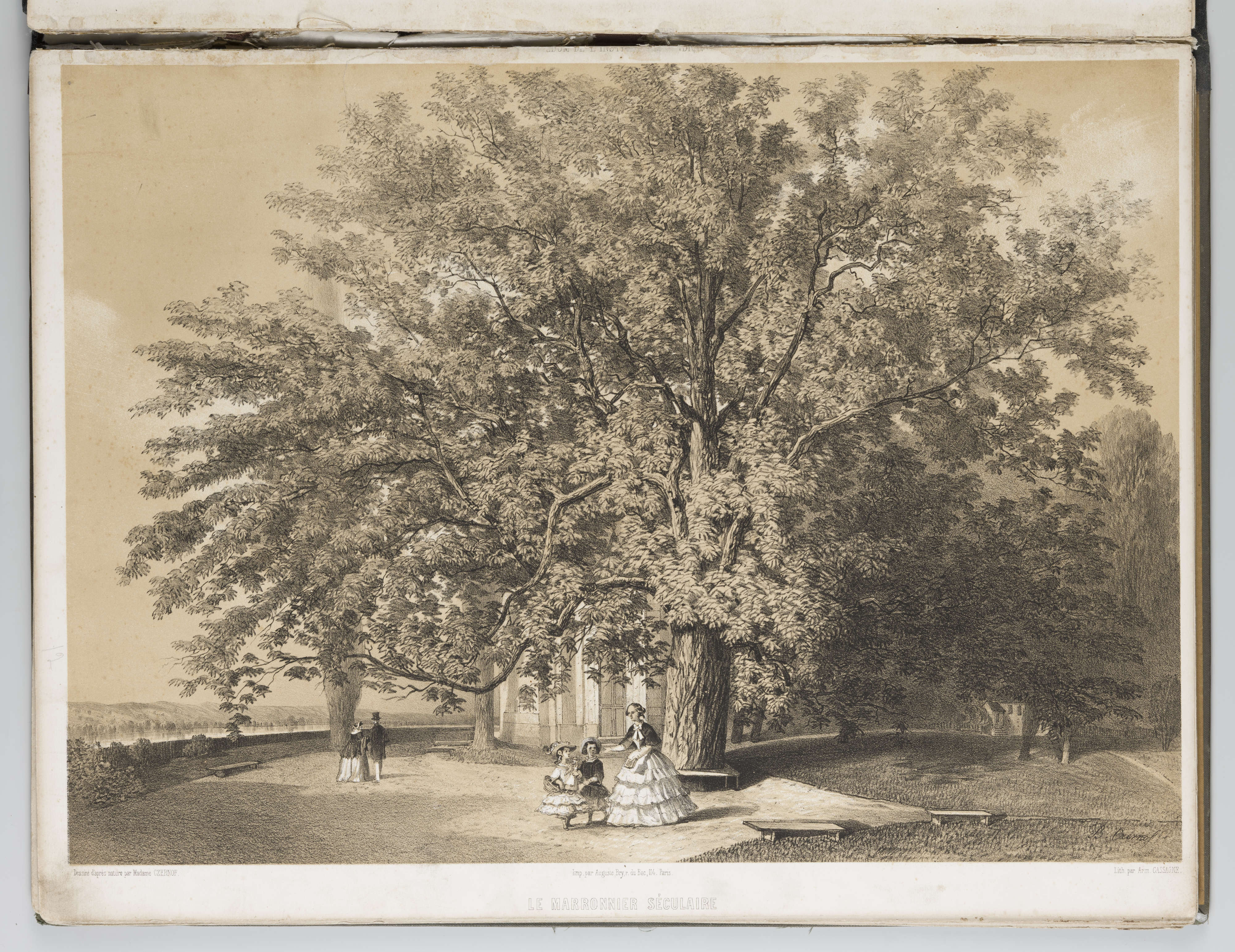
7. Walk with Graceful Knee-Brush Deportment
Grace and elegance are not just expected of royals when they are seated or formally posed; they are integral to every movement, including their walking style. This cultivated manner of movement is known as the “knee-brush deportment.” Windsor elaborates on this specific technique: “As you walk, you brush your knees slightly to ensure you walk with your legs close together, as it helps you move elegantly and in a straight line. Your head is parallel to the ground, your rib cage up and your shoulders back.” This disciplined posture creates an impression of composed dignity, crucial for public appearances.
To ensure every royal masters this refined art, training in graceful movement is a mandatory component of their etiquette lessons. Windsor reveals a classic practice new members of the family can expect: “One way to practice it is by walking around with books on your head.” This traditional method helps cultivate balance, posture, and a smooth, unhurried stride, ensuring that even a simple walk becomes an elegant display of royal bearing.
This attention to graceful movement extends to navigating stairs, a seemingly mundane task that also has its own set of rules for royals. “The No. 1 rule is to keep your head parallel to the ground and always look up,” Windsor states, preventing the appearance of being fearful or clumsy. Critically, if a banister is present, it is important “to not grip it, as it gives the impression that you’re frightened. Instead, the royals just glide the hand over the banister, which looks very elegant.” Furthermore, it is common practice “to point royal toes towards the banister on stairs,” primarily as a practical measure to avoid tripping on narrow steps. These intricate details collectively contribute to the seamless and dignified image expected of every member of the monarchy.
Now that we’ve explored the fundamental aspects of royal deportment, from mastering the elegant “duchess slant” to understanding the intricate dance of precedence and the proper way to curtsy, we’re ready to delve deeper. The first part of our guide illuminated how posture, entry, and attire all contribute to the dignified image expected of the British royal family. Now, let’s explore the more nuanced and often surprising rules that govern interaction, dining, and the underlying principles that uphold the monarchy’s enduring standards. These aren’t just stiff, antiquated customs; many serve practical purposes, ensuring seamless public engagements and safeguarding the royal image. Get ready to discover the subtle art of royal social grace, often missed by those unfamiliar with these time-honored traditions.
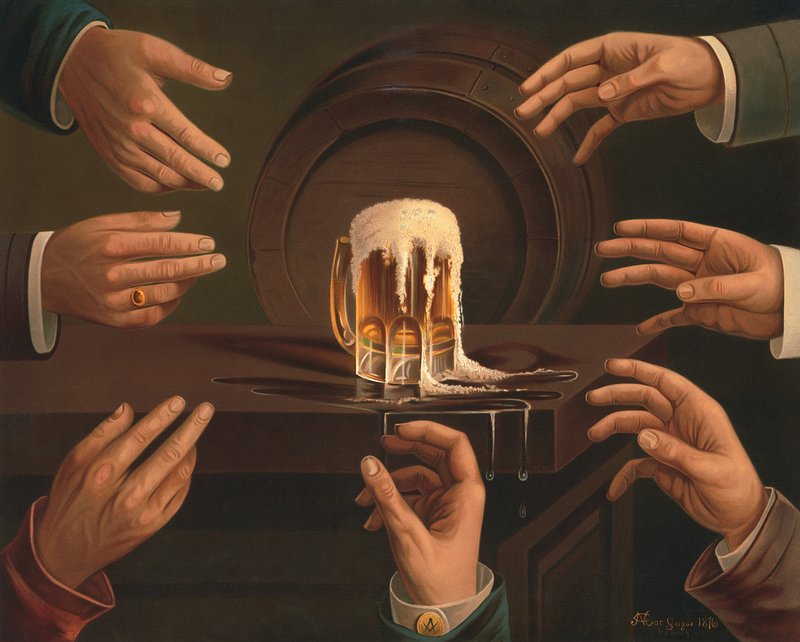
8. Cup One Hand on Top of the Other When Standing
Working as a royal involves countless public appearances, often requiring extended periods of standing. Maintaining an air of grace and composure throughout these engagements is paramount, projecting an image of quiet confidence and elegance. Even the seemingly simple act of standing has its own sophisticated etiquette, which the Princess of Wales, Kate, exemplifies masterfully.
She frequently employs a subtle yet highly effective technique: cupping one hand gently on top of the other, typically held at waist height. This poised stance is more than just a habit; it’s a deliberate choice serving multiple functions, ensuring she always looks her best in the public eye. It provides a discreet solution to a common social dilemma.
As Laura Windsor, an expert on royal manners, explains, “A lot of people have difficulty not knowing where to put their hands, so this pose elegantly solves the issue.” It prevents awkward fidgeting or restless gestures, conveying serene control. This subtle etiquette can be adopted when standing still or moving slowly, offering a continuous thread of grace through various public interactions.
Read more about: 11 High-Profile Celebrity Driver Accidents: Exploring Legal Fallout and Lasting Impact

9. Don’t Accept Expensive Gifts.
Being a member of the royal family means often being showered with gifts from well-wishers and dignitaries. However, the notion that royals can simply keep every present is a common misconception. Navigating royal gift-giving is complex, governed by stringent rules designed for transparency and to prevent conflicts of interest.
Royal expert Richard Fitzwilliams explains the core principle: “Simply put, gifts must not be worth more than 150 pounds [approximately $194], otherwise they have to be officially registered.” This financial threshold ensures any significant offering is properly documented. Gifts received in connection with official duties are not considered personal property but become part of the Royal Collection.
These substantial gifts are often put on public display, allowing the wider public to enjoy and appreciate them. While high-value gifts have strict rules, smaller, heartfelt offerings like “flower bouquets, stuffed animals and toys the royals often get from fans don’t cause any trouble.” So, small tokens of affection are generally welcomed, balancing transparency with public admiration.
Read more about: The Hollywood Ending That Was a Lie: Unveiling the Stars’ Secret Financial Ruin

10. Look into Your Teacup While Sipping
Afternoon tea is a cherished British institution, a delightful ritual steeped in tradition. For the royal family, this experience comes with an additional layer of precision, as even the simple act of drinking tea is governed by specific etiquette rules ensuring elegance and control. It’s a practice designed to elevate the everyday into a moment of refined grace.
The way a teacup is held is the first point of instruction. Laura Windsor advises, “You pinch the handle with your thumb and index finger, so they meet in the middle rather than looping through the handle.” This grip promotes a delicate hold, contrasting sharply with the common myth of the “pinky out.” Extending the pinky is considered pretentious, even for royals, proving true elegance lies in subtlety.
Beyond the grip, the act of sipping itself holds a key detail often missed by Americans. Windsor reveals, “Every time you drink, you look into the cup to show control and make sure the tea doesn’t go all over. Kate does this very well.” This seemingly minor action serves a dual purpose: it prevents accidental spills, maintaining decorum, and projects an image of mindful attention. For coffee, however, the rule shifts, allowing you to loop your index finger through the handle.
Even stirring tea has guidelines. Instead of swirling the spoon in circles, the proper method involves moving it gently back and forth from the 6 o’clock to the 12 o’clock position. Absolutely no clinking of the spoon against the cup is permitted. Once done, the spoon is placed on the saucer behind the cup, never left in it. These intricate details contribute to the serene and composed atmosphere of a royal tea time.
Read more about: Fueling Your Wallet’s Misery: These 14 Rides Have Terrible MPG, and Owners Despise the Pump Life

11. Skip the Shellfish
Among the many fascinating rules governing the royal family’s daily lives, avoiding shellfish often raises eyebrows. This isn’t a matter of culinary preference or quaint tradition. Instead, it’s a remarkably practical and health-conscious protocol designed to safeguard the monarchy’s well-being, prioritizing duty over indulgence.
As Richard Fitzwilliams explains, this long-standing tradition aims “to avoid food poisoning.” Shellfish carries a higher risk of causing foodborne illness, a significant concern for individuals with packed schedules and constant public scrutiny. The risk of being incapacitated by an upset stomach would jeopardize important engagements.
The rationale is purely pragmatic: “they wouldn’t want to be bedridden for days and miss out on important engagements.” Fitzwilliams clarifies that “the rule applies when eating out or abroad for safety reasons,” implying exceptions might exist in trusted, private settings. In public and official life, however, shellfish remains strictly off-menu, a quiet testament to the monarchy’s commitment to continuity.
Read more about: Consumer Alert: 9 Restaurant Chains We’re Skipping For Good – An In-Depth Look for Discerning Diners

12. Stop Eating When the Monarch Does
At any royal dining table, the reigning monarch sets the ultimate pace, making this rule one of the most direct signs of deference. Whether at a lavish state banquet or an intimate family meal, the rule is clear: when the monarch finishes eating, everyone else must follow suit, regardless of how much food remains on their plate.
This tradition underscores the monarch’s central role and authority, even in social settings. As soon as King Charles III, for example, takes his last bite and places down his fork, it signals the meal’s conclusion for all present. It’s a powerful visual cue that reinforces hierarchy and respect, ensuring the monarch is never left eating alone.
Historically, Queen Elizabeth II, a famously quick eater, would have “slowed down so everyone could enjoy and finish their meals” when in company. This contrasted with Queen Victoria, who “didn’t realize people couldn’t keep up with her pace, so they were often in the middle of their food when the staff came to take their plates away.” These examples highlight the rule’s absolute nature and the monarch’s varying consideration.
Read more about: Beyond the Crown Jewels: 15 Surprising Frugal Habits of the Royal Family, From Savvy Fashion Choices to Everyday Thrifty Living
13. Address Royalty by the Proper Terms
When addressing a member of the British royal family, many Americans find themselves uncertain of the correct honorifics. The world of royal titles is intricate, and getting it right is a key indicator of respect and understanding of royal protocol. It’s about acknowledging their distinct station, more than simple politeness.
The first and most crucial distinction is for the initial address. When greeting a King or Queen, the correct term is “Your Majesty.” For other royals, like princes or princesses, the appropriate initial address is “Your Royal Highness.” These terms are not interchangeable, as using the wrong one can inadvertently signal a lack of awareness for their specific rank.
After the initial greeting, slightly less formal but still respectful terms are used. For a royal woman, you would then refer to her as “Ma’am,” which rhymes with “jam.” For a royal man, “Sir” is used. Should you accidentally falter, there’s no need to panic. Royals are aware these rules are unfamiliar to many, and “most royalty will overlook it,” sometimes even finding a genuine effort “refreshing.”
Read more about: Inside the Carter Clan’s Fortress: The Unseen Strategies Protecting Beyoncé and Jay-Z’s Children from the Relentless Spotlight

14. Refrain from Uninitiated Physical Contact
Perhaps one of the most fundamental and strictly observed rules when interacting with British royalty is the firm boundary surrounding physical contact. For Americans, often accustomed to casual touches or hugs, this protocol can be a significant cultural adjustment. The overarching principle is clear: unless a royal initiates physical contact, you simply do not touch them.
This rule isn’t just a quaint tradition; it serves multiple vital purposes, encompassing both security and respect. It’s fundamental to maintaining the dignity and unique status of the monarchy. As the guidance states, “It’s considered unbefitting to touch royalty” without their express invitation, reinforcing the idea of their elevated position.
The primary exception, and one frequently initiated by royals, is the handshake. If a royal extends their hand, it’s acceptable and expected to reciprocate. However, the handshake should be brief and gentle, avoiding overly firm grips or prolonged contact. Never attempt a hug, a kiss on the cheek, or any intimate gesture. “Follow the lead of royalty, but never do something like this unless they do it first,” is the golden rule, upholding centuries-old traditions.
From the graceful knee-brush deportment to the intricate dance of tea etiquette, and from the solemn respect of standing to the delicate art of addressing a monarch, the world of British royal etiquette is a captivating blend of tradition, practicality, and enduring charm. For Americans, these rules might initially seem daunting or even old-fashioned, a stark contrast to the more informal social norms back home. However, as we’ve explored, each custom serves a purpose, whether it’s to ensure modesty, prevent scandal, maintain health, or simply project an image of dignified composure to the world.
Read more about: Are You That Parent? 12 Playground Blunders That Annoy Other Parents and Kids
Understanding these unspoken rules is more than just memorizing a list; it’s about appreciating a rich cultural heritage and recognizing the deliberate effort that goes into maintaining the monarchy’s unique position. It’s a way to bridge the cultural divide and, should the occasion ever arise, to interact with members of the royal family with confidence and respect. So, the next time you hear a Brit say “Alright?” or see a royal with hands elegantly cupped, you’ll know there’s a fascinating story of tradition, purpose, and timeless grace behind it. These aren’t just rules; they’re threads in the living tapestry of British history, inviting us all to look a little closer and understand a little more.

